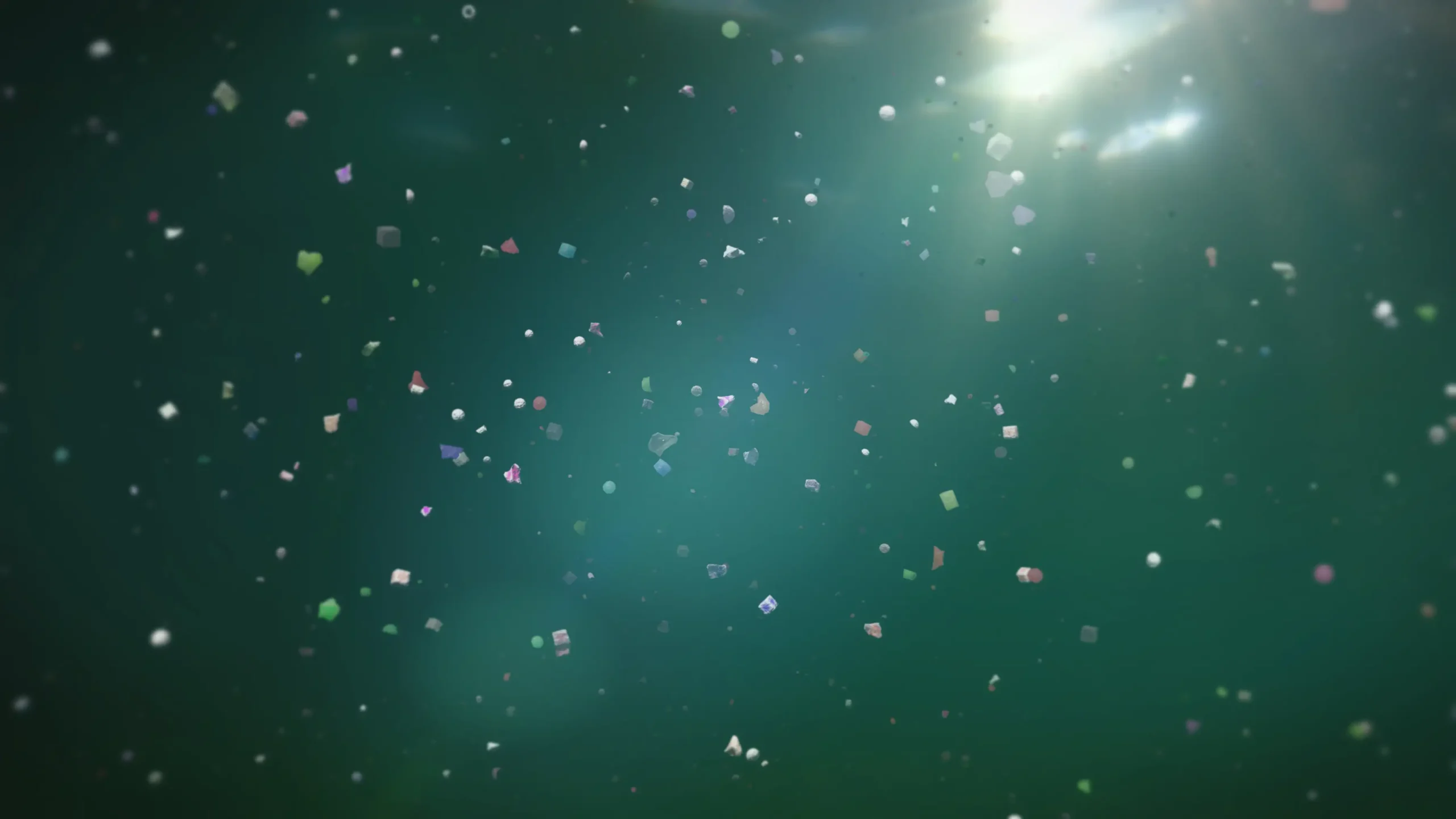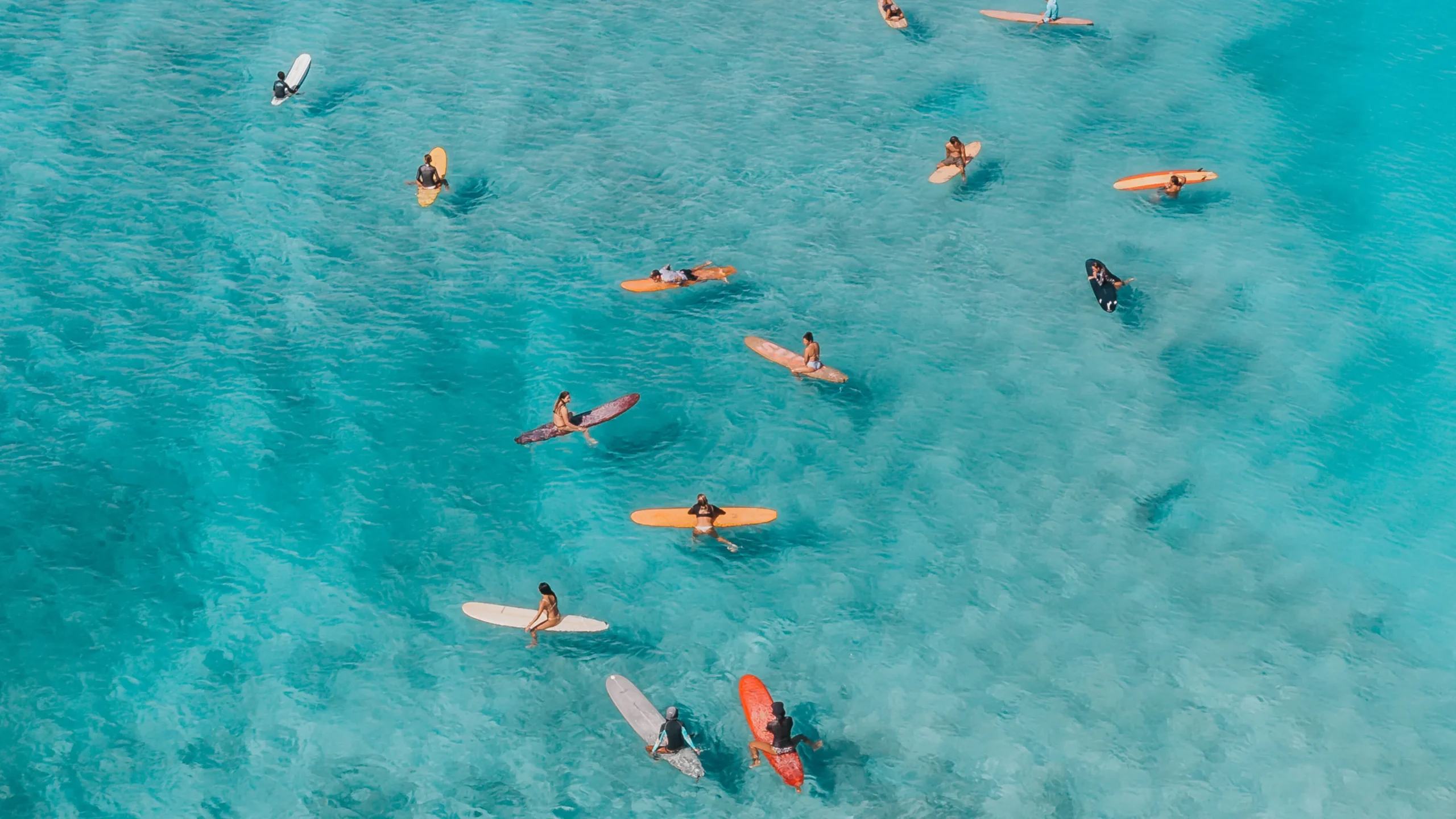
Recycling Microfibres to Power the Clean Battery Future.
At Cleaner Seas Group, we’ve always believed that tackling ocean pollution and advancing clean technology...

Microplastics have become one of the most significant environmental challenges of our time. These tiny plastic particles are making their way into every corner of the planet, from the deepest ocean trenches to our very own food and water. But what exactly are microplastics, and why should we be concerned? Let’s dive into the details and explore their impact on our oceans, their sources, and what we can do to help combat this growing crisis.
Microplastics are small plastic particles less than 5 millimetres in size. They are categorised into two main types: primary and secondary microplastics.
These tiny fragments are virtually impossible to remove from the environment once they’ve entered it. They’re not biodegradable, meaning they persist for decades, if not centuries, causing long-term harm to marine ecosystems and human health.
The oceans are the final resting place for much of the world’s plastic waste. It is estimated that around 11 million metric tonnes of plastic enter the oceans each year, and a significant portion of this eventually becomes microplastic. These particles have been found in the stomachs of marine life, from plankton to whales, and even in the seafood we eat.
Recent studies have detected microplastics in human blood, lungs, and placentas, raising concerns about long-term health effects. While the full implications are still being studied, early research suggests links to inflammation, immune responses, and potential hormonal disruption.
Understanding where microplastics come from is key to tackling the issue. According to the International Union for Conservation of Nature (IUCN), the primary sources of microplastics include:
1. Textile Microfibres:
2. Tyre Wear
3. Paints
4. Personal Care Products
5. Other Sources
For more information on textile microfibres and what you can do to help, visit Cleaner Seas’ dedicated microfibres page.
Microplastics are a stark reminder of the broader plastic pollution crisis. Every action we take to reduce plastic use, improve waste management, and innovate sustainable solutions can help turn the tide. By staying informed and making conscious choices, we can protect our oceans and ensure a cleaner, healthier planet for generations to come.
Together, we can make a difference – starting with understanding the problem and taking steps to solve it.
Get monthly ocean news, offers, events and updates on our mission.
By clicking subscribe, you agree to our Terms and Conditions.
